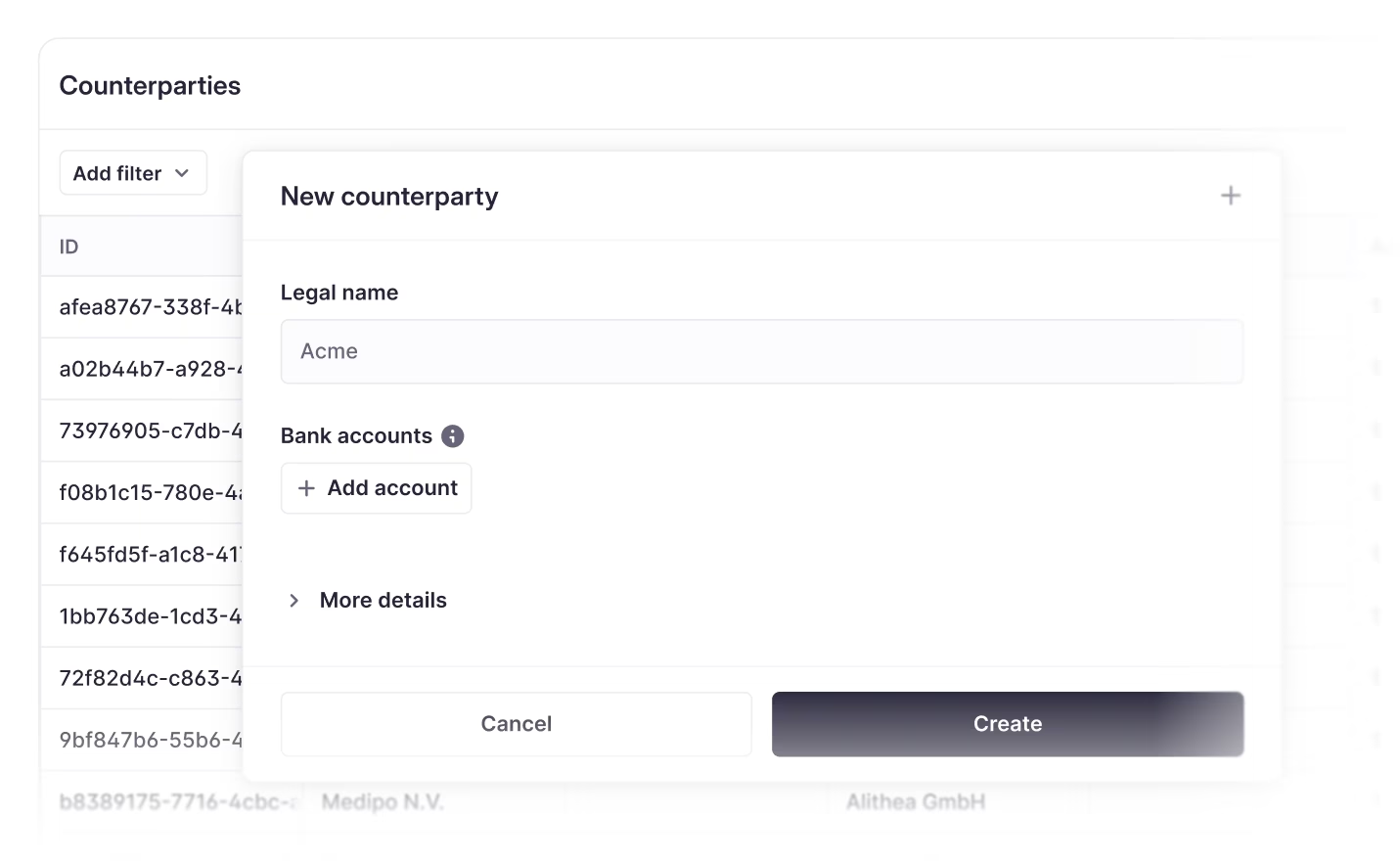What are accounts payable (AP) payments?
An accounts payable (AP) payment refers to the payment of an unpaid invoice or bill, which usually has payment terms of 30, 60, or 90 days.

Introduction to AP payments
Accounts payable refer to the money a company owes to suppliers, vendors, or contractors for goods or services that have been received but not yet paid for. A payable is essentially a short-term ‘IOU’ from one business to another, which the counterparty enters in its own records under accounts receivable (AR). For more information, read our article on accounts payable from an accounting perspective.
What is an AP payment?
An accounts payable (AP) payment refers to the actual payment of an unpaid ‘IOU’ or invoice, which usually have payment terms of 30, 60, or 90 days. Typically, the longer the payment term the better, as that improves working capital in the short term.
Managing AP processes and payments is a critical element in controlling a company’s short-term cash flow. Unlike accounts receivable, which depend on when a customer or client decides to pay you, accounts payable are within the company's direct control, as it ultimately decides when to make payments.
Main types of AP payments
AP payments are made for any goods or services purchased from a supplier, vendor, or contractors. In terms of their accounting treatment, there are three categories of accounts payable:
- Trade payables: payments owed for inventory purchases that are recorded at the time of purchase or when the inventory is received
- Expense payables: payments owed for operational expenses (such as utilities, rent, and professional fees) that are recorded upon receipt of the invoice
- Accrued expenses: expenses that have been incurred (and entered into the books) but not yet invoiced
AP payments can be made by several different methods depending on the supplier or vendor. Some common examples of AP payments are:
- Supplier invoices
- Legal fees
- Contractor payments
- Travel expenses
- Equipment and software purchases
How to manage AP payments
The execution of an AP payment is a critical step in managing the end-to-end AP process. Operationally, AP payments can be automated through an integration with a company’s ERP system.
The alternative to using bank-ERP connections to automate AP payments is making each payment individually in online banking portals or by manually uploading payment files. This can be time-consuming and prone to error, and may fall short of compliance requirements. Platforms like Atlar remove these headaches by enabling payments to be made from one central interface with built-in payment templates and counterparty management.
How Atlar can help with AP payments
Atlar enables companies to process AP payments from inside their ERP, such as NetSuite or Dynamics 365, and send these for payment in bulk through Atlar to their banking partners. This lets companies automate AP processes at scale with full bank-ERP syncing and a high degree of internal control.
Using a treasury platform like Atlar with robust user management features, full audit trails, and built-in approval chains can help companies oversee AP payments from one central dashboard, enabling teams to collaborate securely and efficiently when it comes to AP payments. For more information, visit our feature page dedicated to accounts payable.
You can unsubscribe anytime.
Further reading
See Atlar in action.
Enter your work email to watch a live product demo.


